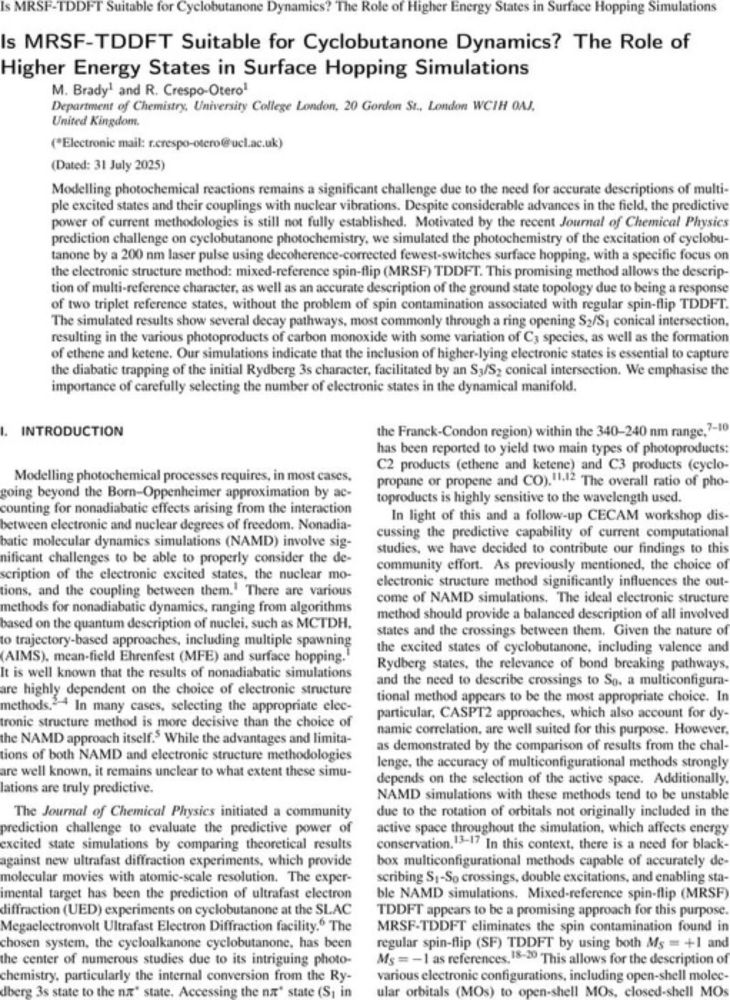
🔗 Project details: ucl-epsrc-dtp.github.io/2026-27-proj...
🔗 UELA scheme: www.jobs.ac.uk/job/DPF708/5...
🔗 Project details: ucl-epsrc-dtp.github.io/2026-27-proj...
🔗 UELA scheme: www.jobs.ac.uk/job/DPF708/5...
🔗 Project details: ucl-epsrc-dtp.github.io/2026-27-proj...
🔗 UELA scheme: www.jobs.ac.uk/job/DPF708/5...
@jwestermayr.bsky.social @stevenalopez.bsky.social @rcrespootero.bsky.social ...

@jwestermayr.bsky.social @stevenalopez.bsky.social @rcrespootero.bsky.social ...



#NAMD #NonAdiabaticDynamics #CECAM

#NAMD #NonAdiabaticDynamics #CECAM
#compchem #compchemsky
#compchem #compchemsky
Many thanks to our fantastic team: @jingbai-li.bsky.social, Fede Hernandez, @stevenalopez.bsky.social, Christian, and the RS for funding!

Many thanks to our fantastic team: @jingbai-li.bsky.social, Fede Hernandez, @stevenalopez.bsky.social, Christian, and the RS for funding!

#compchem #molphys #theochem 🧪
go.bsky.app/UGFPoE2
#compchem #molphys #theochem 🧪
go.bsky.app/UGFPoE2

